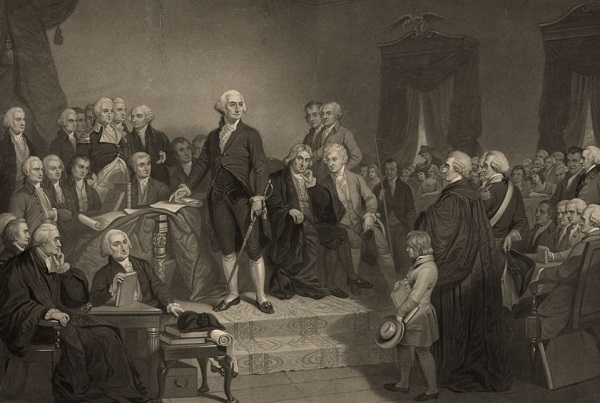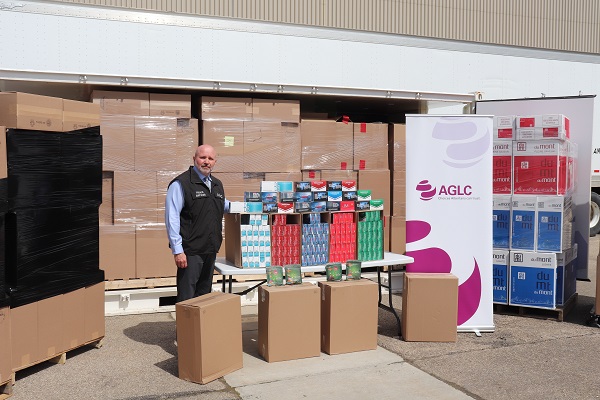Business
Bank of Canada showers executives with $3.5 million in bonuses in 2022
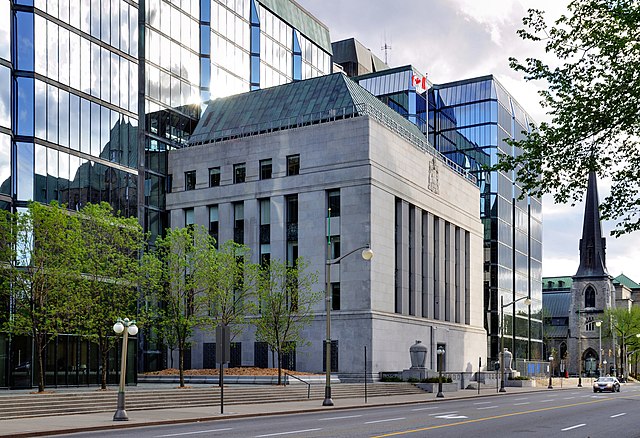
From the Canadian Taxpayers Federation
Author: Franco Terrazzano
The Bank of Canada lavished millions of dollars in bonuses on its executives last year amid seven interest rate hikes and the worst inflation crisis in four decades, according to access-to-information records obtained by the Canadian Taxpayers Federation.
All but two of the central bank’s 82 executives (97.5 per cent) received an “at-risk pay” bonus. Twenty-five received a “performance pay” bonus.
The average bonus among Bank of Canada executives last year was $43,700, for a total cost of more than $3.5 million.
“Executives at the Bank of Canada shouldn’t be showering themselves with big bonuses when Canadians can’t afford gas, groceries or mortgages,” said Franco Terrazzano, CTF Federal Director. “Most organizations don’t give 98 per cent of their executives bonuses when they have their worst year in four decades.”
Executive bonuses at the Bank of Canada total nearly $21 million since 2015. Since then, the size of the executive class at the Bank of Canada spiked by 18 per cent.
Table: Executive bonuses at Bank of Canada, 2015-2022
|
Year |
Number of executives |
Bonuses |
|
2015 |
69 |
$683,794 |
|
2016 |
70 |
$550,064 |
|
2017 |
71 |
$2,572,915 |
|
2018 |
73 |
$2,923,613 |
|
2019 |
78 |
$3,261,123 |
|
2020 |
79 |
$3,594,681 |
|
2021 |
79 |
$3,785,902 |
|
2022 |
82 |
$3,588,324 |
|
Total |
|
$20,960,416 |
The records provided by the Bank of Canada indicate its executives did not receive “at-risk” bonus pay in 2015 or 2016.
It was a bumpy year for the Bank of Canada in 2022.
The Bank of Canada’s mandate is to keep “an inflation target of two per cent inside a control range of one to three per cent.”
But inflation was 6.8 per cent in 2022, representing “a 40-year high, the largest increase since 1982,” according to Statistics Canada. The Bank of Canada also failed to meet its inflation target in 2021.
After Bank of Canada Governor Tiff Macklem told Canadians in 2020 that interest rates would remain low for a “long time,” the central bank turned around and hiked interest rates seven times in 2022.
In 2022, Macklem admitted “we got some things wrong” and the deputy governor acknowledged “we haven’t managed to keep inflation at our target,” adding that Canada’s central bankers “should be held accountable.”
“Handing out big bonus cheques is an odd way to hold your organization accountable,” Terrazzano said. “Canadians have every right to be furious when they find out executives at their central bank were taking bonuses as inflation and interest rates soared.”
Speaking at an event organized by the Canadian Federation of Independent Business in July 2022, Macklem told companies not to adjust wages for inflation, sparking outrage among labour leaders.
All told, bonuses at the Bank of Canada total about $55 million since 2020, according to separate access-to-information records obtained by the CTF.
Economy
Prime minister’s misleading capital gains video misses the point
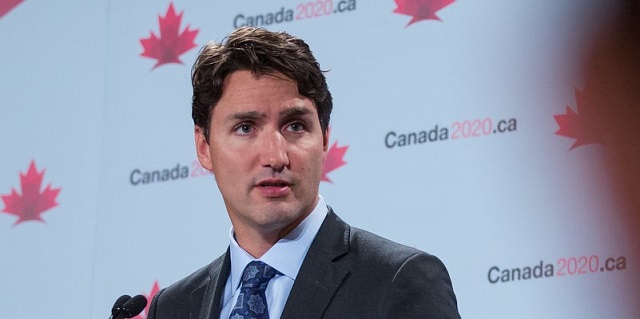
From the Fraser Institute
By Jake Fuss and Alex Whalen
According to a 2021 study published by the Fraser Institute, 38.4 per cent of those who paid capital gains taxes in Canada earned less than $100,000 per year, and 18.3 per cent earned less than $50,000. Yet in his video, Prime Minister Trudeau claims that his capital gains tax hike will affect only the richest “0.13 per cent of Canadians”
This week, Prime Minister Trudeau released a video about his government’s decision to increase capital gains taxes. Unfortunately, he made several misleading claims while failing to acknowledge the harmful effects this tax increase will have on a broad swath of Canadians.
Right now, individuals and businesses who sell capital assets pay taxes on 50 per cent of the gain (based on their full marginal rate). Beginning on June 25, however, the Trudeau government will increase that share to 66.7 per cent for capital gains above $250,000. People with gains above that amount will again pay their full marginal rate, but now on two-thirds of the gain.
In the video, which you can view online, the prime minister claims that this tax increase will affect only the “very richest” people in Canada and will generate significant new revenue—$20 billion, according to him—to pay for social programs. But economic research and data on capital gains taxes reveal a different picture.
For starters, it simply isn’t true that capital gains taxes only affect the wealthy. Many Canadians who incur capital gains taxes, such as small business owners, may only do so once in their lifetimes.
For example, a plumber who makes $90,000 annually may choose to sell his business for $500,000 at retirement. In that year, the plumber’s income is exaggerated because it includes the capital gain rather than only his normal income. In fact, according to a 2021 study published by the Fraser Institute, 38.4 per cent of those who paid capital gains taxes in Canada earned less than $100,000 per year, and 18.3 per cent earned less than $50,000. Yet in his video, Prime Minister Trudeau claims that his capital gains tax hike will affect only the richest “0.13 per cent of Canadians” with an “average income of $1.4 million a year.”
But this is a misleading statement. Why? Because it creates a distorted view of who will pay these capital gains taxes. Many Canadians with modest annual incomes own businesses, second homes or stocks and could end up paying these higher taxes following a onetime sale where the appreciation of their asset equals at least $250,000.
Moreover, economic research finds that capital taxes remain among the most economically damaging forms of taxation precisely because they reduce the incentive to innovate and invest. By increasing them the government will deter investment in Canada and chase away capital at a time when we badly need it. Business investment, which is crucial to boost living standards and incomes for Canadians, is collapsing in Canada. This tax hike will make a bad economic situation worse.
Finally, as noted, in the video the prime minister claims that this tax increase will generate “almost $20 billion in new revenue.” But investors do not incur capital gains taxes until they sell an asset and realize a gain. A higher capital gains tax rate gives them an incentive to hold onto their investments, perhaps until the rate is reduced after a change in government. According to economists, this “lock-in” effect can stifle economic activity. The Trudeau government likely bases its “$20 billion” number on an assumption that investors will sell their assets sooner rather than later—perhaps before June 25, to take advantage of the old inclusion rate before it disappears (although because the government has not revealed exactly how the new rate will apply that seems less likely). Of course, if revenue from the tax hike does turn out to be less than anticipated, the government will incur larger budget deficits than planned and plunge us further into debt.
Contrary to Prime Minister Trudeau’s claims, raising capital gains taxes will not improve fairness. It’s bad for investment, the economy and the living standards of Canadians.
Authors:
Business
Ottawa should end war on plastics for sake of the environment
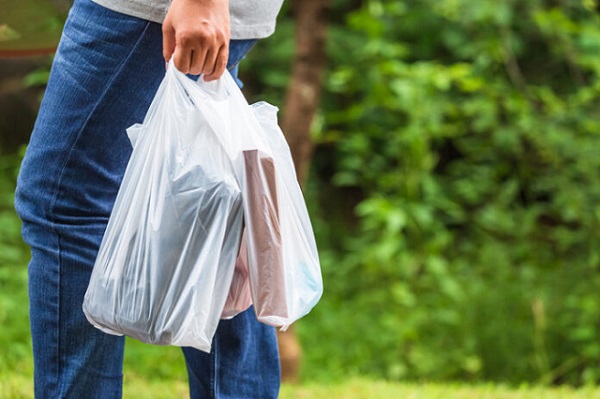
From the Fraser Institute
Here’s the shocker: Meng shows that for 15 out of the 16 uses, plastic products incur fewer GHG emissions than their alternatives…
For example, when you swap plastic grocery bags for paper, you get 80 per cent higher GHG emissions. Substituting plastic furniture for wood—50 per cent higher GHG emissions. Substitute plastic-based carpeting with wool—80 per cent higher GHG emissions.
It’s been known for years that efforts to ban plastic products—and encourage people to use alternatives such as paper, metal or glass—can backfire. By banning plastic waste and plastic products, governments lead consumers to switch to substitutes, but those substitutes, mainly bulkier and heavier paper-based products, mean more waste to manage.
Now a new study by Fanran Meng of the University of Sheffield drives the point home—plastic substitutes are not inherently better for the environment. Meng uses comprehensive life-cycle analysis to understand how plastic substitutes increase or decrease greenhouse gas (GHG) emissions by assessing the GHG emissions of 16 uses of plastics in five major plastic-using sectors: packaging, building and construction, automotive, textiles and consumer durables. These plastics, according to Meng, account for about 90 per cent of global plastic volume.
Here’s the shocker: Meng shows that for 15 out of the 16 uses, plastic products incur fewer GHG emissions than their alternatives. Read that again. When considering 90 per cent of global plastic use, alternatives to plastic lead to greater GHG emissions than the plastic products they displace. For example, when you swap plastic grocery bags for paper, you get 80 per cent higher GHG emissions. Substituting plastic furniture for wood—50 per cent higher GHG emissions. Substitute plastic-based carpeting with wool—80 per cent higher GHG emissions.
A few substitutions were GHG neutral, such as swapping plastic drinking cups and milk containers with paper alternatives. But overall, in the 13 uses where a plastic product has lower emissions than its non-plastic alternatives, the GHG emission impact is between 10 per cent and 90 per cent lower than the next-best alternatives.
Meng concludes that “Across most applications, simply switching from plastics to currently available non-plastic alternatives is not a viable solution for reducing GHG emissions. Therefore, care should be taken when formulating policies or interventions to reduce plastic demand that they result in the removal of the plastics from use rather than a switch to an alternative material” adding that “applying material substitution strategies to plastics never really makes sense.” Instead, Meng suggests that policies encouraging re-use of plastic products would more effectively reduce GHG emissions associated with plastics, which, globally, are responsible for 4.5 per cent of global emissions.
The Meng study should drive the last nail into the coffin of the war on plastics. This study shows that encouraging substitutes for plastic—a key element of the Trudeau government’s climate plan—will lead to higher GHG emissions than sticking with plastics, making it more difficult to achieve the government’s goal of making Canada a “net-zero” emitter of GHG by 2050.
Clearly, the Trudeau government should end its misguided campaign against plastic products, “single use” or otherwise. According to the evidence, plastic bans and substitution policies not only deprive Canadians of products they value (and in many cases, products that protect human health), they are bad for the environment and bad for the climate. The government should encourage Canadians to reuse their plastic products rather than replace them.
Author:
-

 Energy2 days ago
Energy2 days agoNew Report Reveals Just How Energy Rich America Really Is
-
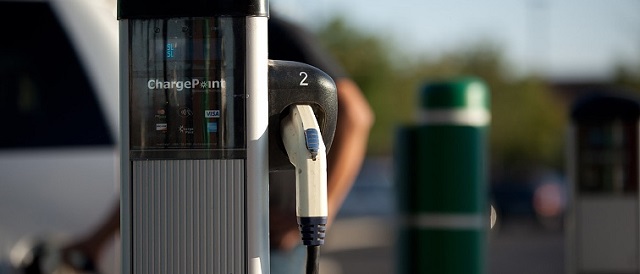
 Automotive2 days ago
Automotive2 days agoBiden’s Climate Agenda Is Running Headfirst Into A Wall Of His Own Making
-

 Economy2 days ago
Economy2 days agoFeds spend $3 million to fly 182 politicians and bureaucrats to climate conference
-
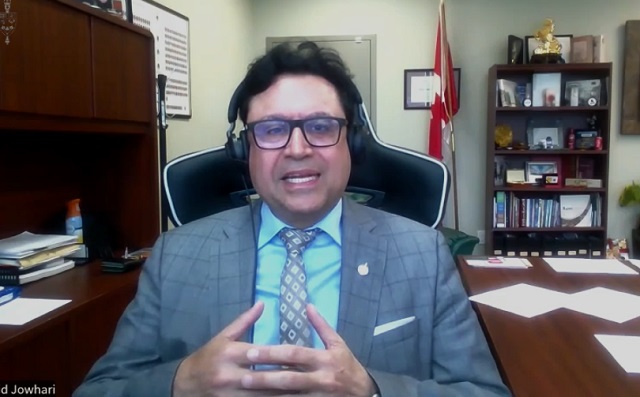
 Addictions1 day ago
Addictions1 day agoLiberals shut down motion to disclose pharma payments for Trudeau’s ‘safe supply’ drug program
-

 espionage22 hours ago
espionage22 hours agoThe Scientists Who Came in From the Cold: Canada’s National Microbiology Laboratory Scandal, Part I
-
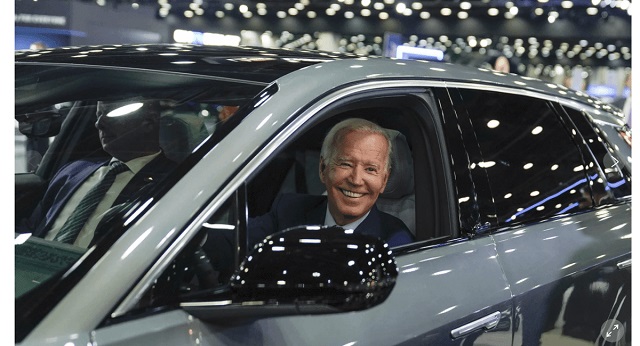
 Energy19 hours ago
Energy19 hours agoTech giants’ self-made AI energy crisis
-

 Frontier Centre for Public Policy16 hours ago
Frontier Centre for Public Policy16 hours agoThe PM as Leaf’s coach
-

 Opinion2 days ago
Opinion2 days agoOrdinary working Canadians are not buying into transgender identity politics







